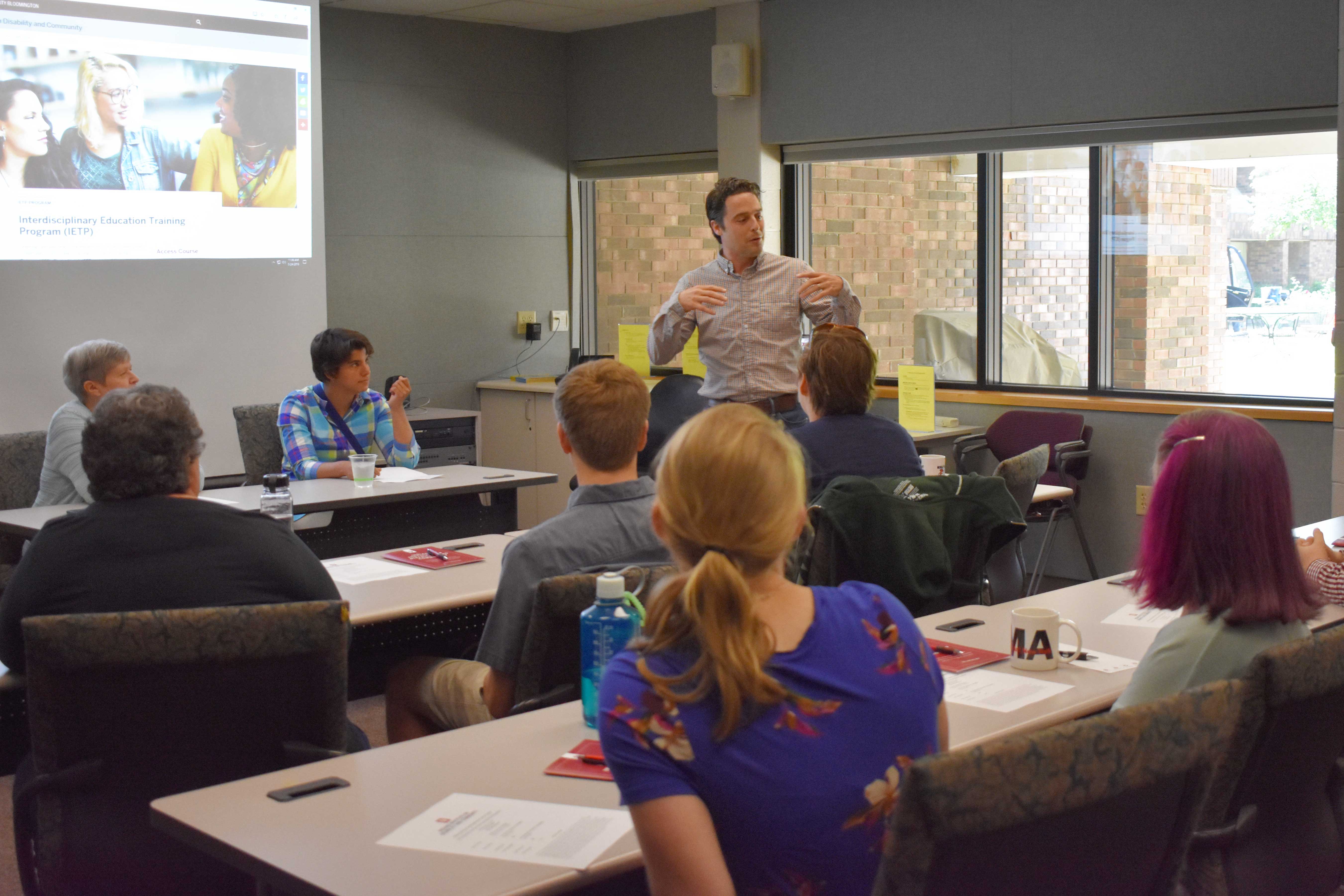 The Indiana Disability History website, curated by the Indiana Institute on Disability and Community, documents and preserves the memories and experiences of Hoosiers with disabilities, highlighting historic developments in the disability rights movement.
The Indiana Disability History website, curated by the Indiana Institute on Disability and Community, documents and preserves the memories and experiences of Hoosiers with disabilities, highlighting historic developments in the disability rights movement.
The website uses video, audio, and digital technology to raise awareness of the contributions of movement leaders and pioneers as well as people trying to live ordinary lives. These advocates include both Hoosiers with disabilities and their supporters. They are community activists, family members, educators, professional service providers, public officials, and legislators.
The website offers online exhibits featuring a collection of oral history interviews in video format, with accompanying transcripts, descriptive data, and historical background information. This first-hand testimony illuminates the role of advocacy, and resulting changes in public policy, in the evolution of service provision and cultural attitudes towards people with disabilities.
Indiana Disability History Website











 The Indiana Disability History website, curated by the Indiana Institute on Disability and Community, documents and preserves the memories and experiences of Hoosiers with disabilities, highlighting historic developments in the disability rights movement.
The Indiana Disability History website, curated by the Indiana Institute on Disability and Community, documents and preserves the memories and experiences of Hoosiers with disabilities, highlighting historic developments in the disability rights movement. 